-
 bitcoin
bitcoin $124586.364639 USD
0.62% -
 ethereum
ethereum $4670.671710 USD
3.33% -
 xrp
xrp $2.983701 USD
0.18% -
 tether
tether $1.000175 USD
-0.03% -
 bnb
bnb $1209.430642 USD
2.76% -
 solana
solana $231.365861 USD
0.51% -
 usd-coin
usd-coin $0.999665 USD
-0.02% -
 dogecoin
dogecoin $0.264657 USD
4.46% -
 tron
tron $0.346415 USD
1.60% -
 cardano
cardano $0.871586 USD
3.70% -
 chainlink
chainlink $23.451270 USD
7.56% -
 hyperliquid
hyperliquid $46.860071 USD
-2.96% -
 ethena-usde
ethena-usde $1.000120 USD
0.04% -
 sui
sui $3.611279 USD
1.08% -
 stellar
stellar $0.407149 USD
0.96%
Is Bitcoin mining worth it?
Bitcoin mining secures the network via proof-of-work, requiring powerful ASICs and cheap electricity to be profitable amid rising difficulty and competition.
Jul 24, 2025 at 08:56 am
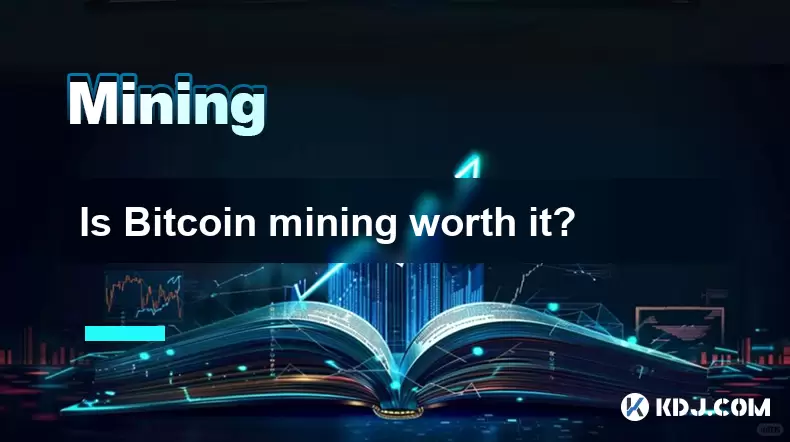
Understanding Bitcoin Mining and Its Core Mechanism
Bitcoin mining is the process by which new Bitcoin transactions are verified and added to the blockchain ledger. Miners use specialized hardware to solve complex cryptographic puzzles, a process known as proof-of-work (PoW). When a miner successfully solves the puzzle, they are allowed to add a new block of transactions to the blockchain and are rewarded with newly minted Bitcoin (BTC) and transaction fees from the included transactions. This mechanism ensures network security and decentralization by making it computationally expensive to alter past transactions.
Mining is not simply about earning rewards. It plays a critical role in maintaining the integrity of the Bitcoin network. Every miner contributes to the consensus process, ensuring that no single entity can control the blockchain. The difficulty of mining adjusts approximately every two weeks to maintain a consistent block time of about 10 minutes, regardless of how much total computing power is on the network. This dynamic difficulty adjustment is essential for network stability and prevents inflation from blocks being mined too quickly.
Hardware Requirements and Technological Considerations
To engage in Bitcoin mining, one must invest in Application-Specific Integrated Circuit (ASIC) miners, which are machines specifically designed to perform the SHA-256 hashing algorithm used by Bitcoin. Unlike general-purpose CPUs or GPUs, ASICs offer vastly superior efficiency and hash rates. Popular models include the Bitmain Antminer S19 series and the MicroBT WhatsMiner M50 series, both of which can deliver over 100 terahashes per second (TH/s).
However, high performance comes with significant power consumption. These devices can draw between 3,000 to 3,500 watts of electricity under full load. Proper cooling and ventilation are required to prevent overheating, especially in residential settings. Mining rigs generate substantial heat and noise, necessitating dedicated space and infrastructure. Without proper thermal management, hardware lifespan and efficiency are severely compromised.
Calculating Profitability: Costs vs. Rewards
Determining whether Bitcoin mining is worth it requires a detailed analysis of both operational costs and potential earnings. The primary cost components include electricity, hardware purchase price, cooling, maintenance, and internet connectivity. Electricity cost is the most significant factor, often accounting for 70% or more of total expenses. Miners must calculate their cost per kilowatt-hour (kWh) and compare it against the current network hashrate and Bitcoin price.
To estimate profitability:
- Use a mining calculator such as those provided by WhatToMine or NiceHash
- Input your ASIC’s hash rate and power consumption
- Enter your local electricity cost
- Account for pool fees if mining in a group
- Factor in the current Bitcoin network difficulty and BTC market price
For example, an Antminer S19 Pro with a hash rate of 110 TH/s consuming 3,250 watts at $0.10 per kWh may generate approximately $8–$12 in daily revenue under current conditions. After subtracting electricity costs (~$7.80/day), net profit could be as low as $0.20 to $4.20 per day. Hardware depreciation over 3–5 years must also be considered.
Joining a Mining Pool: Advantages and Setup
Solo mining is impractical for most individuals due to the immense global hashrate. Joining a mining pool increases the frequency of rewards by combining the computational power of multiple miners. While the block reward is shared, payouts are more consistent and predictable. Popular pools include F2Pool, Slush Pool, and Antpool.
To configure your ASIC for a mining pool:
- Access the miner’s web interface via its IP address
- Navigate to the mining settings or pool configuration section
- Enter the pool’s stratum server address, port number, and your wallet address
- Save settings and restart the miner
- Monitor connection status and hash rate through the pool’s dashboard
Pools typically charge a fee ranging from 1% to 3% of mined rewards. Some offer different payout methods such as PPLNS (Pay Per Last N Shares) or PROP (Proportional), which affect when and how you receive payments.
Environmental and Regulatory Factors
Bitcoin mining has come under scrutiny for its energy consumption and environmental impact. While a growing portion of mining operations utilize renewable energy—particularly hydroelectric and geothermal sources—many still rely on fossil fuels. Jurisdictions such as China have banned mining, while others like Kazakhstan and the United States have seen rapid growth in mining farms.
Regulatory compliance is essential. Miners must ensure their operations adhere to local laws regarding electricity use, business licensing, and tax reporting. Income from mining is generally treated as taxable event in most countries, requiring accurate record-keeping of hardware costs, electricity expenses, and BTC received. Failure to comply can result in penalties or legal action.
Alternatives to Solo Mining
For those who find the upfront costs or technical complexity prohibitive, alternatives exist. Cloud mining allows users to rent hash power from data centers. While convenient, this model is often plagued by scams and low returns. Due diligence is required to verify provider legitimacy, contract terms, and transparency.
Another option is investing in Bitcoin directly rather than mining it. Purchasing BTC through exchanges avoids hardware and energy costs entirely. Some investors prefer this passive approach, especially when mining margins are thin. Additionally, staking in proof-of-stake blockchains is not applicable to Bitcoin, as it remains a proof-of-work system.
Frequently Asked Questions
Can I mine Bitcoin using my home computer?No, modern Bitcoin mining requires ASIC miners. Consumer CPUs and GPUs lack the efficiency and hash power needed to compete. Attempting to mine with standard hardware will result in negligible rewards and high electricity costs.
How long does it take to mine one Bitcoin?It depends on your hash rate and network difficulty. A single Antminer S19 Pro (110 TH/s) would take approximately 1,000 days to mine one BTC solo under current conditions. In a pool, rewards are distributed proportionally, so you earn fractions of BTC daily.
Is Bitcoin mining still profitable in 2024?Profitability varies by region and setup. Miners with access to low-cost electricity (below $0.06/kWh) and efficient hardware may still profit. Those in high-electricity-cost areas often operate at a loss after expenses.
What happens when all 21 million Bitcoins are mined?After the final Bitcoin is mined (projected around 2140), miners will rely solely on transaction fees for income. The network is designed to adjust so that fee incentives maintain security and transaction processing.
Disclaimer:info@kdj.com
The information provided is not trading advice. kdj.com does not assume any responsibility for any investments made based on the information provided in this article. Cryptocurrencies are highly volatile and it is highly recommended that you invest with caution after thorough research!
If you believe that the content used on this website infringes your copyright, please contact us immediately (info@kdj.com) and we will delete it promptly.
- BlockDAG, DOGE, HYPE Sponsorship: Crypto Trends Shaping 2025
- 2025-10-01 00:25:13
- Deutsche Börse and Circle: A StableCoin Adoption Powerhouse in Europe
- 2025-10-01 00:25:13
- BlockDAG's Presale Buzz: Is It the Crypto to Watch in October 2025?
- 2025-10-01 00:30:13
- Bitcoin, Crypto, and IQ: When Genius Meets Digital Gold?
- 2025-10-01 00:30:13
- Stablecoins, American Innovation, and Wallet Tokens: The Next Frontier
- 2025-10-01 00:35:12
- NBU, Coins, and Crypto in Ukraine: A New Yorker's Take
- 2025-10-01 00:45:14
Related knowledge
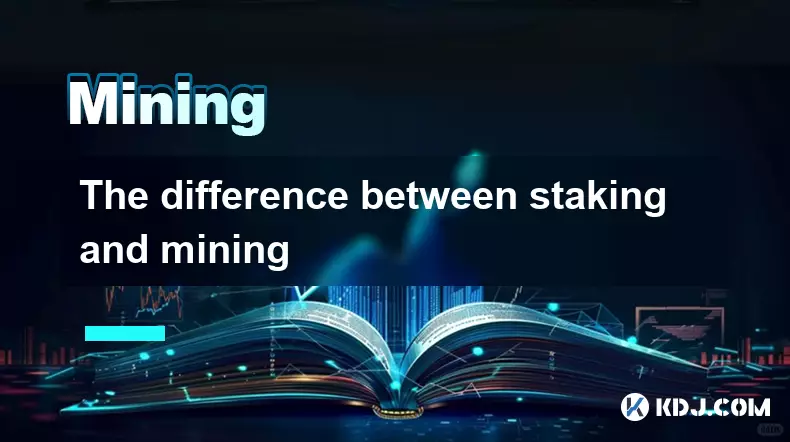
The difference between staking and mining
Sep 24,2025 at 05:18am
Understanding Staking in the Cryptocurrency Ecosystem1. Staking involves holding funds in a cryptocurrency wallet to support the operations of a block...
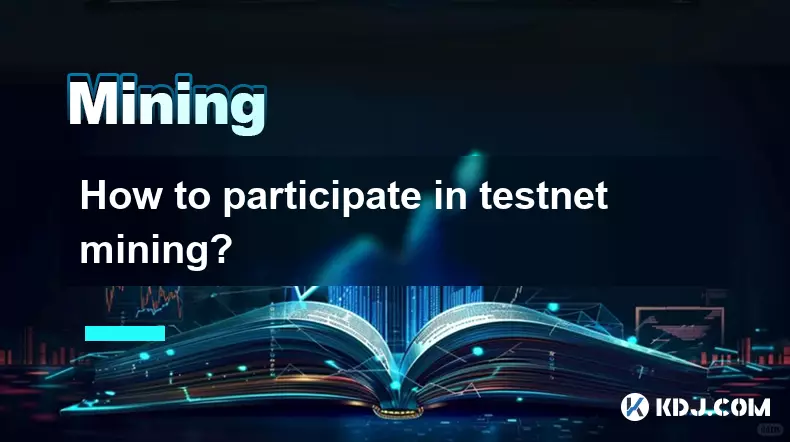
How to participate in testnet mining?
Sep 22,2025 at 09:18am
Understanding Testnet Mining in the Crypto Ecosystem1. Testnet mining is a method used by blockchain developers to simulate real-world conditions on a...

How to dispose of abandoned mining machines?
Sep 19,2025 at 08:19pm
Assessing the Condition of Abandoned Mining Rigs1. Begin by inspecting each mining machine for visible damage, corrosion, or missing components. Machi...

How to identify high-quality mining pools?
Sep 21,2025 at 03:19pm
Reputation and Track Record1. A mining pool’s reputation is built over time through consistent performance and transparency. Pools that have operated ...
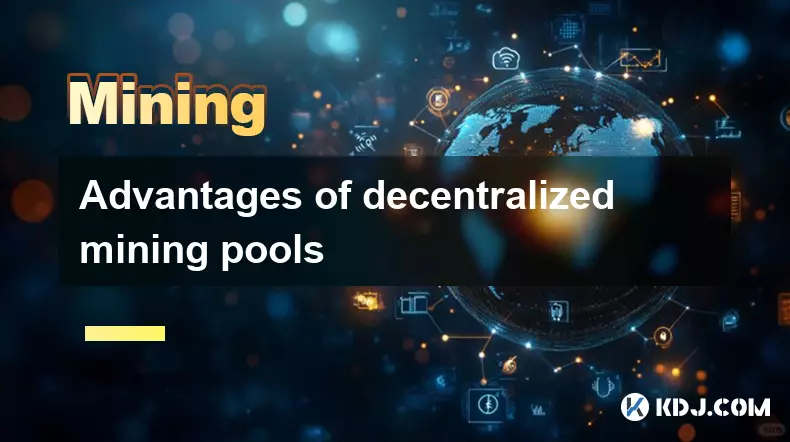
Advantages of decentralized mining pools
Sep 20,2025 at 04:36pm
Enhanced Security and Resistance to Censorship1. Decentralized mining pools operate on blockchain-based smart contracts, eliminating the need for a ce...
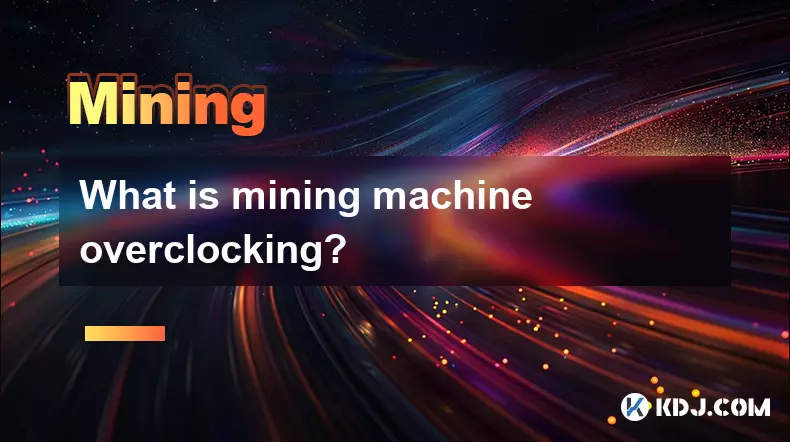
What is mining machine overclocking?
Sep 21,2025 at 07:19pm
Understanding Mining Machine Overclocking1. Mining machine overclocking refers to the process of increasing the operating frequency of a cryptocurrenc...

The difference between staking and mining
Sep 24,2025 at 05:18am
Understanding Staking in the Cryptocurrency Ecosystem1. Staking involves holding funds in a cryptocurrency wallet to support the operations of a block...

How to participate in testnet mining?
Sep 22,2025 at 09:18am
Understanding Testnet Mining in the Crypto Ecosystem1. Testnet mining is a method used by blockchain developers to simulate real-world conditions on a...

How to dispose of abandoned mining machines?
Sep 19,2025 at 08:19pm
Assessing the Condition of Abandoned Mining Rigs1. Begin by inspecting each mining machine for visible damage, corrosion, or missing components. Machi...

How to identify high-quality mining pools?
Sep 21,2025 at 03:19pm
Reputation and Track Record1. A mining pool’s reputation is built over time through consistent performance and transparency. Pools that have operated ...

Advantages of decentralized mining pools
Sep 20,2025 at 04:36pm
Enhanced Security and Resistance to Censorship1. Decentralized mining pools operate on blockchain-based smart contracts, eliminating the need for a ce...

What is mining machine overclocking?
Sep 21,2025 at 07:19pm
Understanding Mining Machine Overclocking1. Mining machine overclocking refers to the process of increasing the operating frequency of a cryptocurrenc...
See all articles










































































